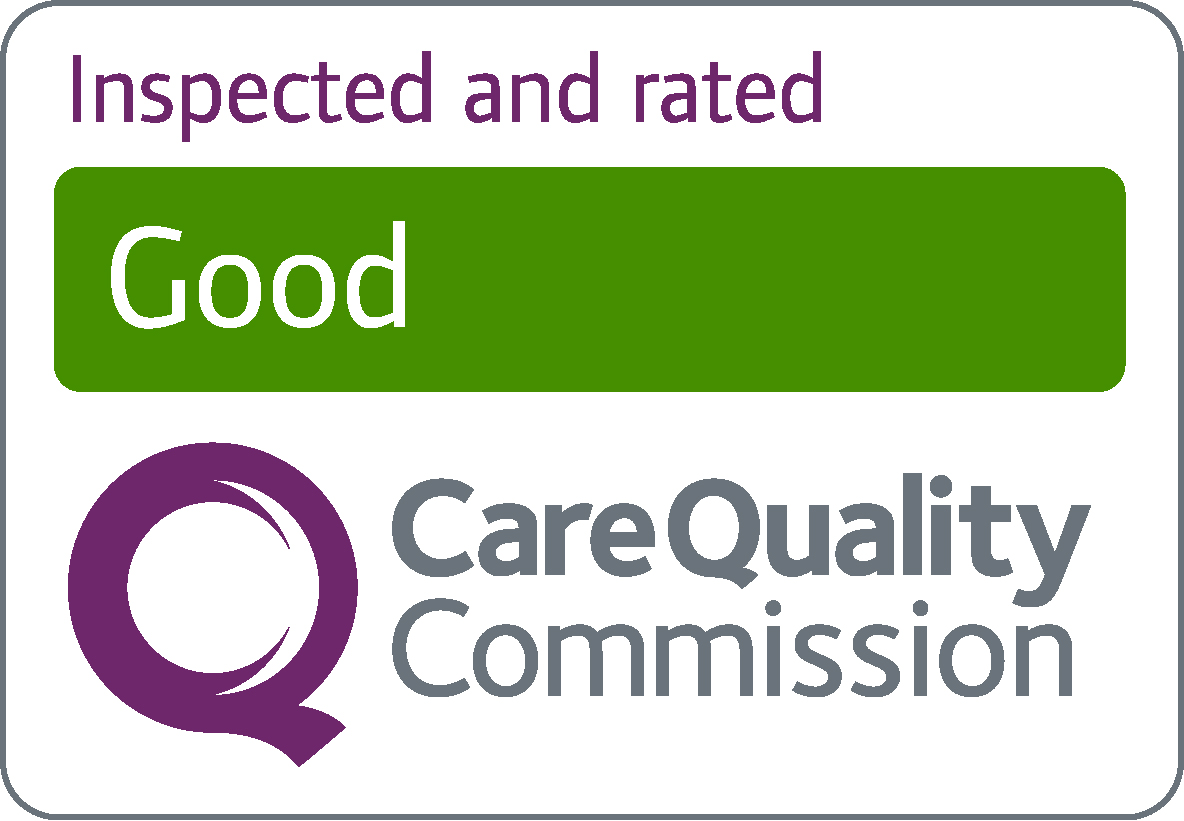Scabies information.
Patient Information Leaflet: Ivermectin Tablets for Scabies Treatment
What is Ivermectin?
Ivermectin is a medication used to treat scabies, a skin condition caused by tiny mites burrowing into the skin. It works by killing the mites and their eggs. Ivermectin tablets are taken by mouth in two doses to treat scabies.
How Does Ivermectin Work?
Ivermectin works by targeting and paralyzing the mites that cause scabies, which ultimately kills them. The treatment not only clears up the active infection but also helps prevent further spread.
How to Take Ivermectin Tablets:
Dose:
You will need two doses of ivermectin to treat scabies effectively.
Take one dose of ivermectin as prescribed by your doctor.
After 1 week, you will need to take a second dose.
Instructions:
Take the tablets on an empty stomach, ideally 1 hour before meals.
Swallow the tablets whole with a glass of water. Do not crush or chew them.
Follow your doctor’s instructions for the exact dosage based on your weight.
Important Notes:
Ensure you take both doses as prescribed for the treatment to be effective.
If you miss a dose, contact your healthcare provider for advice.
Do not take extra doses to make up for a missed one.
What to Expect After Treatment:
After starting treatment with ivermectin, your symptoms may improve within a few days.
However, it is important to continue the treatment course as prescribed, even if you start feeling better, to ensure all mites are eliminated.
You may experience itching for up to 4 weeks after treatment, even if the mites are no longer present. This is a normal part of recovery, but if itching persists or worsens, consult your doctor.
Side Effects of Ivermectin:
Like all medications, ivermectin can cause side effects. Common side effects are mild and may include:
Nausea or vomiting
Diarrhoea
Fatigue
Dizziness or light-headedness
Skin rash
If you experience severe side effects such as swelling of the face, difficulty breathing, or severe skin reactions, seek medical attention immediately.
Prevention and Additional Information:
Hygiene: Wash all clothing, bedding, and towels in hot water and dry them on a high heat to kill any remaining mites or eggs.
Treat Close Contacts: Family members, sexual partners, and others who have been in close contact should also be treated, even if they have no symptoms, to prevent reinfection.
Avoid Scratching: Scratching can spread the mites and worsen the condition. Try to avoid this.
